Topics
Category
Era
Wabasha, Ernest Reginald (1929–2013)
Ernest Reginald Wabasha, also known as Caŋku waste waŋ ohna ya (He Travels a Good Road), was a sixth-generation hereditary chief in a long-established Dakota chieftainship. Through repatriation efforts and tribal leadership initiatives, he worked to re-frame histories of the Dakota people and expand narratives of their experiences.
Ernest was born on the Santee Sioux Reservation (Nebraska) in the home of his parents, Florence Helen Chase and Henry B. Wabasha, on September 2, 1929. He grew up with five sisters (Ernestine, Emmarica, Veronica, Vera, and Mary) and two brothers (George and Mathew).
The Wabasha family has deep roots in Minnesota. Ernest’s great-grandfather was Chief Wabasha III (ca. 1816–1876), one of the thousands of Dakota who were forcibly marched to Fort Snelling and then exiled from their homelands after the US–Dakota War of 1862. During the 1930s and 1940s, many Dakota families made their way back to Minnesota—including the Wabashas, who returned from Nebraska in August 1938. After attending St. Paul’s Boarding School in Marty, South Dakota, for eleven years, Ernest attended Birch Coulee School in Morton, Minnesota, for one year before finishing high school back at St. Paul’s.
In 1943, Ernest’s older brother, George, was reported missing in action while fighting for the Allies in Italy during World War II. At the time, Helen Chase was ill with pneumonia. She died in Pipestone before she could learn, with the rest of the family, that George had been killed in action.
Ernest was an exceptional high-school athlete, earning a place on an all-state basketball team. After graduating in 1948, he enlisted in the US Navy. He was then deployed during the Korean War and stationed in the Mediterranean on the USS Newport News. He served for five years and two days before his honorable discharge in October 1953.
After leaving the Navy, Ernest pursued education and training in radar-detector reading. By December, he had started work as an electronics technician at Western Electric in St. Paul, which eventually transferred him to the Arctic Circle to install and maintain a distant early warning (DEW) defense system.
Ernest married Vernell Drapeau at the Cathedral of St. Paul in February 1956. Vernell was a life-long friend of Ernest’s sister Vera; all three had attended St. Paul’s School. In October 1957 Ernest and Vernell welcomed their first child: a daughter, Theresa Ann. A son, Leonard Ernest, followed in December 1959.
In August 1959 Ernest began seeking funding opportunities to attend college. He was referred to the Bureau of Indian Affairs and selected for the Indian Relocation program, which enabled him to attend DeVry Technical Institute in Chicago. He scored in the top dozen of the school’s more than 600 electricians and graduated in 1961 with a degree in engineering.
In September 1961 McDonell-Douglas Aircraft (MDA) recruited Ernest to work as an electrical engineer. His MDA research team partnered with an aerospace program to develop components for the Gemini and Mercury spacecraft. He spent six years at MDA before becoming an engineer at Honeywell Corporation in 1967. After he retired in 1990, he and Vernell built a home in Lower Sioux Indian Community and relocated there permanently.
Ernest remained active after retirement. In November 1987, he and other Dakota elders organized the repatriation of the remains of thirty-one Dakota from Crow Creek, South Dakota, to Lower Sioux’s cemetery, adjacent to St. Cornelia’s Episcopal Church. In the 1990s the Lower Sioux Indian Community elected him to its tribal council, and in 2003 Ernest and other Dakota formed the Winona Dakota Unity Alliance (WDUA) subcommittee to establish the annual “Great Homecoming and Gathering of Dakota People” in Winona.
Ernest, Dakota elders, and the Gordon Weston Post of Flandreau, South Dakota, co-founded the commemorative project Circle of Life in 2002. The project led to the construction of the Spirit of the Circle, a memorial at Crow Creek dedicated to the exiled Dakota who died there between 1863 and 1866.
Ernest was the first person appointed by Lower Sioux Tribal Council as a NAGPRA representative and liaison between federal and state institutions. In an advisory role, he remained active in cultural resource management; in 2013, he worked on-site at a museum to identify objects for repatriation. He died ten months later in Redwood Falls at the age of eighty-four.
Bibliography
Brown, Curt. “Ernest Wabasha, Respected Dakota Elder, Dies at 83.” Minneapolis Star Tribune, April 2, 2013.
http://www.startribune.com/ernest-wabasha-respected-dakota-elder-dies-at-83/201147731/
Interview with Ernest and Vernell Wabasha, July 11, 2006. Minnesota's Greatest Generation Oral History Project. Oral History Collection, Minnesota Historical Society, St. Paul.
http://collections.mnhs.org/cms/display.php?irn=10803318
Melmer, David. “Dakota Sacrifice Honored.” Indian Country Today, June 19, 2002.
https://newsmaven.io/indiancountrytoday/archive/dakota-sacrifice-honored-c0XDvdkTC0ygcxhWc11dhQ
Wabasha, Vernell. Interview with the author, April 2018. Lower Sioux Indian Community, Morton.
Related Resources
Web
Krohn, Tim. "Powwow Links Man to Past: Leonard Wabasha Says Annual Wacipi Is Part of His Own Cultural Rediscovery." Mankato Free Press, September 14, 2000.
http://www.mahkatowacipi.org/leonard.php
Mendota Mdewakanton Tribal Community. Chief Wabasha: His Story.
http://mendotadakota.com/mn/test-2-2/
Related Images
The Chase family (Ernest Wabasha’s mother’s family). Back row (left to right): Father Joe Jesse Chase; Emma Chase; Henry B. (Hank) Wabasha; and Helen (Florence) Chase (married to Henry). Center: Olive Chase. Front row: Mother Martha Adelaide Wakute Chase holding Tommy; Helena; Jeanette; and Grandmother Jenny Wakute (Martha’s mother). Joe Jr. is seated in the front at center. Undated. Used with the permission of Sue Moman Bowen.
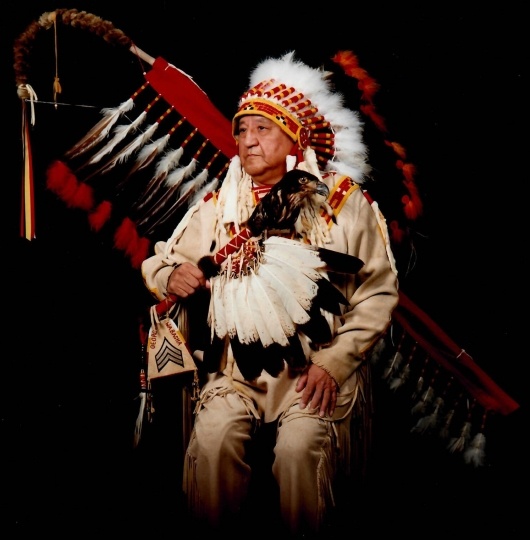
Ernest Wabasha
All rights reserved
Holding Location
Articles
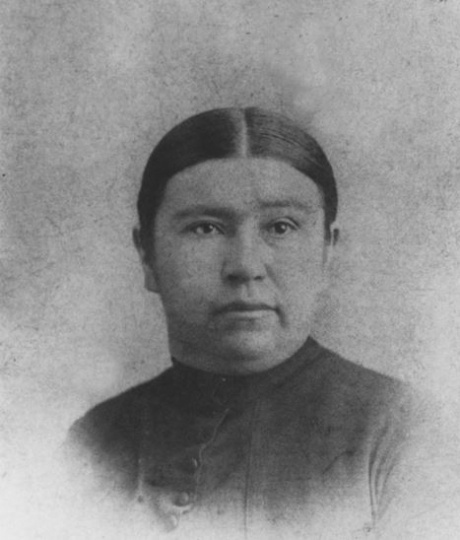
Natalie Graham
Holding Location
Articles
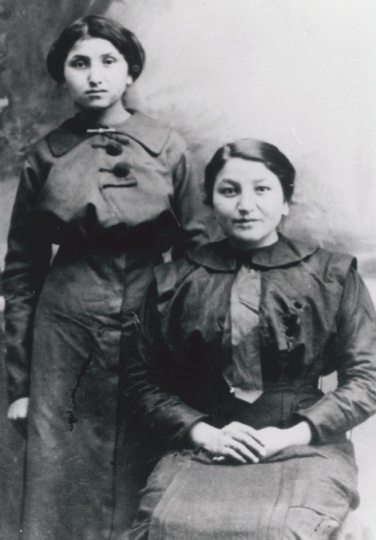
Florence Helen Chase and Emma Chase Frazier
Holding Location
Articles
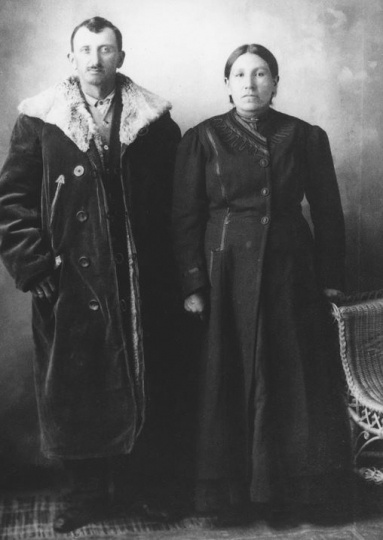
Joseph Jesse Chase and Martha (Wakute-Wapaha) Chase
Holding Location
Articles
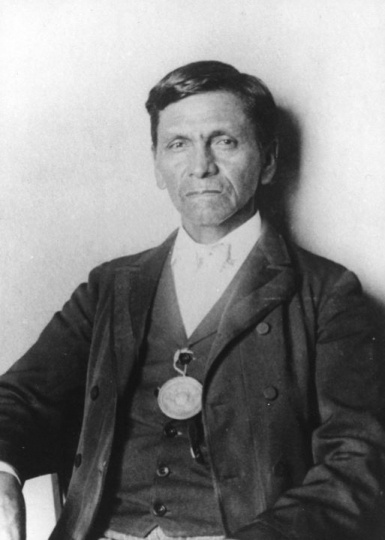
Napoleon Wabasha
Holding Location
Articles
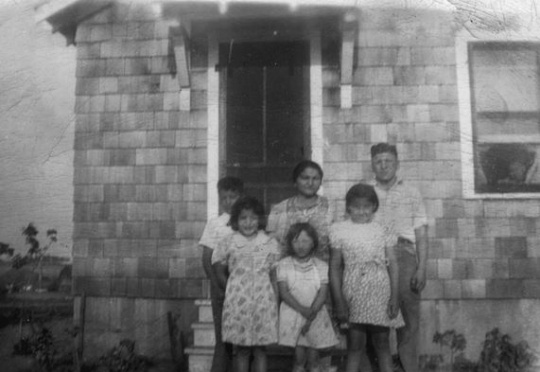
The Wabasha family
Holding Location
Articles
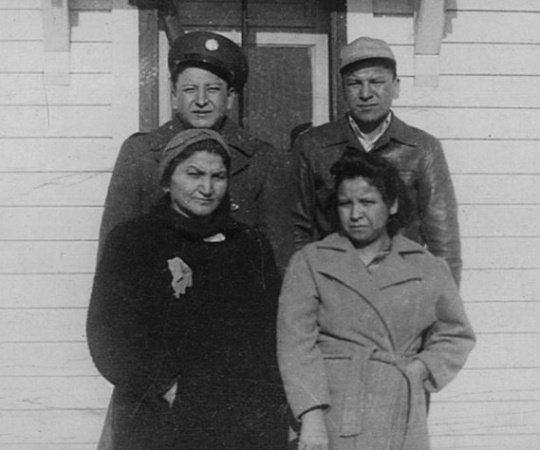
Ernest Wabasha’s sister and brothers with their mother
Holding Location
Articles
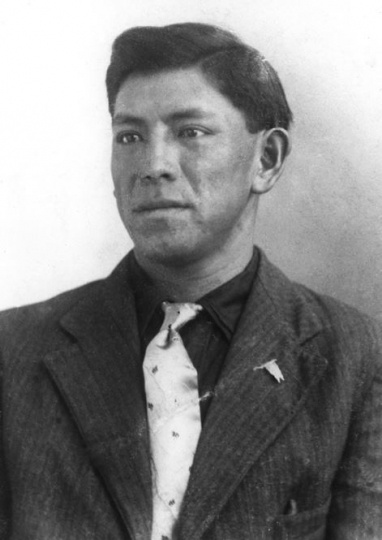
Henry Wabasha
Holding Location
Articles
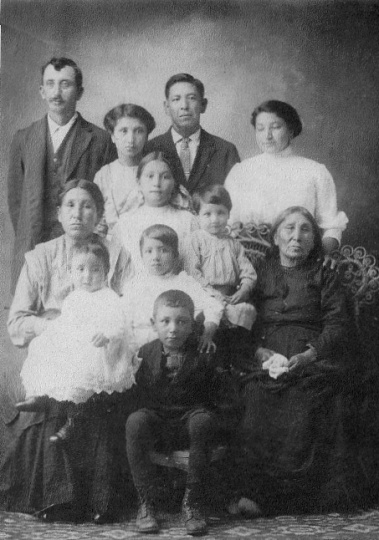
The Chase family
The Chase family (Ernest Wabasha’s mother’s family). Back row (left to right): Father Joe Jesse Chase; Emma Chase; Henry B. (Hank) Wabasha; and Helen (Florence) Chase (married to Henry). Center: Olive Chase. Front row: Mother Martha Adelaide Wakute Chase holding Tommy; Helena; Jeanette; and Grandmother Jenny Wakute (Martha’s mother). Joe Jr. is seated in the front at center. Undated. Used with the permission of Sue Moman Bowen.
Holding Location
Articles
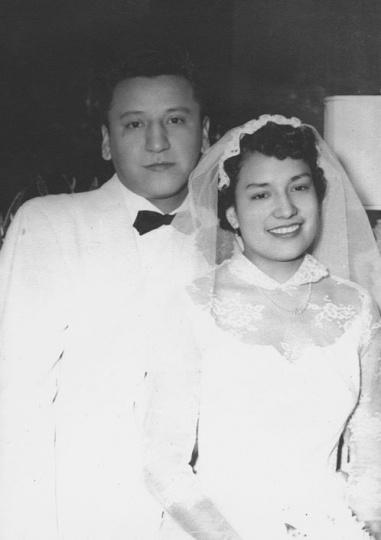
Ernest and Vernell Wabasha
Holding Location
Articles
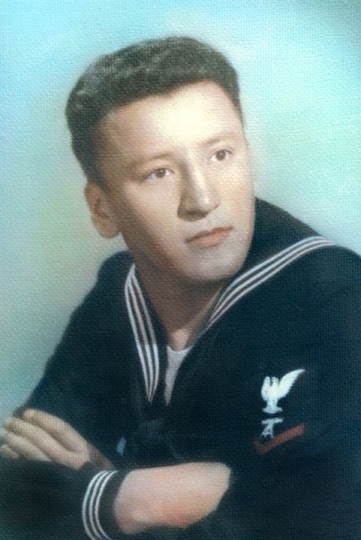
Ernest Wabasha
Holding Location
Articles
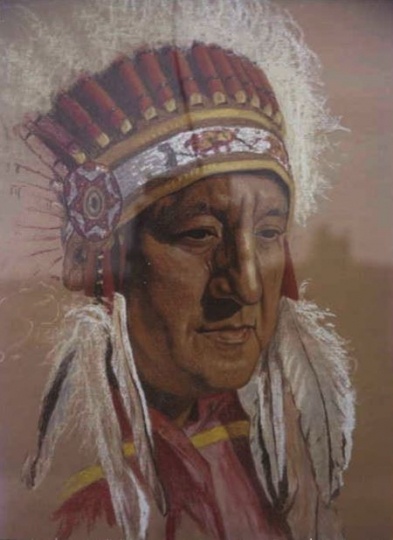
Portrait of Ernest Wabasha
Holding Location
Articles

Ernest Wabasha and Inez Mahpiya St. John
All rights reserved
Holding Location
Articles
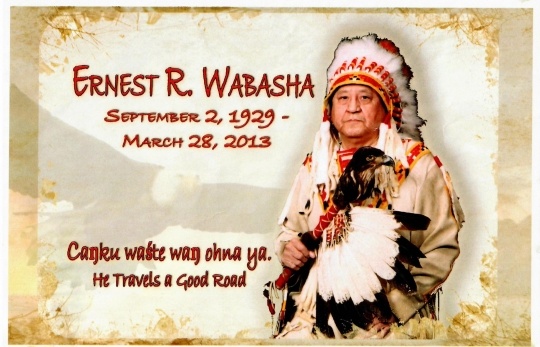
Ernest Wabasha’s memorial card
All rights reserved
Holding Location
Articles
Related Articles
Turning Point
In 1980, Ernest Wabasha and his wife, Vernell, build a house in the Lower Sioux Indian Community near Morton, Minnesota.
Chronology
1929
1935
1938
1948
1953
1956
1959
1961
1967
1967
1980
1987
1990
1990s
2002
2013
Bibliography
Brown, Curt. “Ernest Wabasha, Respected Dakota Elder, Dies at 83.” Minneapolis Star Tribune, April 2, 2013.
http://www.startribune.com/ernest-wabasha-respected-dakota-elder-dies-at-83/201147731/
Interview with Ernest and Vernell Wabasha, July 11, 2006. Minnesota's Greatest Generation Oral History Project. Oral History Collection, Minnesota Historical Society, St. Paul.
http://collections.mnhs.org/cms/display.php?irn=10803318
Melmer, David. “Dakota Sacrifice Honored.” Indian Country Today, June 19, 2002.
https://newsmaven.io/indiancountrytoday/archive/dakota-sacrifice-honored-c0XDvdkTC0ygcxhWc11dhQ
Wabasha, Vernell. Interview with the author, April 2018. Lower Sioux Indian Community, Morton.
Related Resources
Web
Krohn, Tim. "Powwow Links Man to Past: Leonard Wabasha Says Annual Wacipi Is Part of His Own Cultural Rediscovery." Mankato Free Press, September 14, 2000.
http://www.mahkatowacipi.org/leonard.php
Mendota Mdewakanton Tribal Community. Chief Wabasha: His Story.
http://mendotadakota.com/mn/test-2-2/















